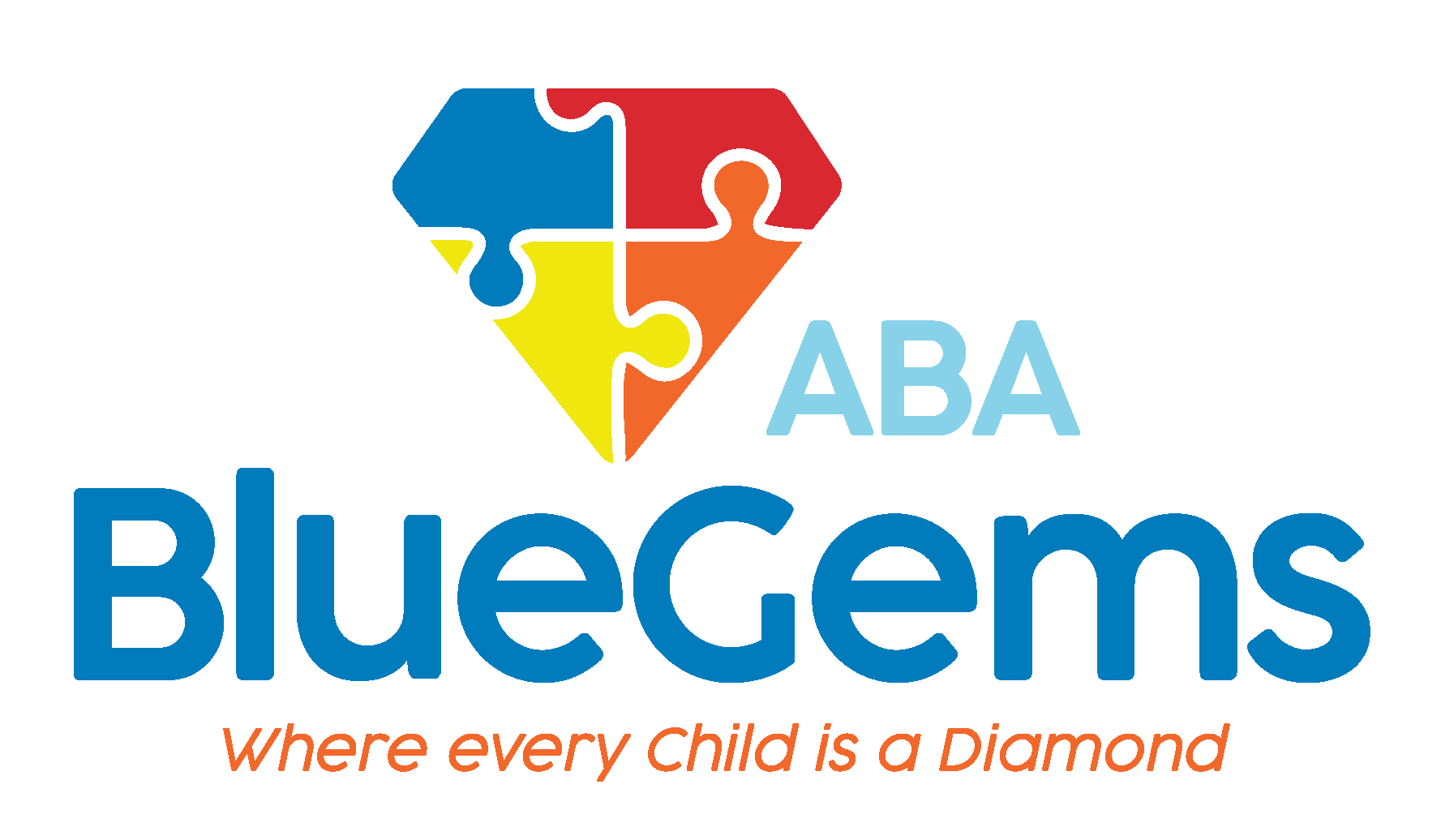Natural Environment Teaching (NET) in ABA
Applied behavior analysis (ABA therapy) has completely changed how support is given to people with autism spectrum disorder (ASD). Today, ABA therapy is considered the gold standard of treatment for people who are on the autism spectrum, for many reasons.
The individualized and holistic approach of ABA therapy ensures that each patient gets the specific support and tools they need to build the skills they most commonly struggle with — things such as communication, social interaction and daily life tasks.
To accomplish its goals of seeing every person with autism grow and succeed, ABA therapists use a number of different treatment strategies and methodologies. One is known as Natural Environment Teaching, or NET.
This is a novel and innovative approach to learning, yet it’s very practical at the same time.
Below, we’ll take a closer look at what NET is and how it benefits people with autism.
Learn more about Discrete Trial Training
Table Of Contents
What is Natural Environment Teaching?
NET is just one of the strategies that ABA therapy uses to teach people with autism the skills they need to learn. It’s done in the natural environment in which they would typically use these skills, which helps to foster a greater sense of understanding and learning.
Instead of sitting at a table or working in a clinical setting, NET teaches skills in the patient’s natural environment, which allows therapists to leverage the interactions and activities that the patient would typically experience in that environment to help promote learning.
A major principle of this strategy is allowing the learning to be driven by whatever motivations and interests the patient has. In doing so, the therapist is better able to create learning opportunities that are not only relevant but also highly engaging.
Like other strategies in ABA therapy, NET uses a model of positive reinforcement to teach skills. The main difference in this strategy is that the reward model is based on natural reinforcers.
So, for instance, if a child requests to play with a toy correctly, then they are immediately rewarded by being allowed to play with it.
Why Does NET Work?
NET is so effective because it incorporates practical and everyday lessons, which then allows patients to learn better. By using the natural environment, ABA therapists are able to teach skills that the patient can find immediately functional and useful in their everyday life.

The focus on being practical ensures that all skills that are learned during sessions are not only meaningful to them but also are able to be generalized. One of NET’s key goals is to aid patients in applying the skills they learn across multiple settings, in different contexts and with different people — all of which promotes greater flexibility and, as a result, independence.
A great part about NET is that learning opportunities are embedded right into daily life. ABA therapists can help with routines such as brushing teeth, getting dressed, eating meals or playing with others.
Since these are all things that patients do every day, they can easily learn additional skills that they can translate into other parts of their life. And since NET is carried out in a playful way that is of interest to the patient, they’re more likely to learn the skills being taught.
How Does NET Work?
NET uses a system of prompting and fading.
ABA therapists will start to teach new skills by using different strategies to prompt the patient to do something. This could be gestures, modeling, physical assistance, verbal cues or visual cues.
The prompts are meant to signify to the patient that it’s time to do something, whether it be pick up their toothbrush, put on their shirt or anything else.
As the patient masters these skills, then the therapist will start to fade the prompts. In other words, the prompts will gradually go away, which encourages the patient to perform the tasks independently.
All along the way, ABA therapists will be collecting an immense amount of data. This is critical to the success of ABA therapy, no matter what strategy is being used in a particular moment.
This data will help track the patient’s progress toward stated goals, which will then inform the therapist whether adjustments need to be made to the therapy to either help the patient accomplish the goals or set new goals to accomplish.
Blue Gems ABA Uses Many Strategies to Support Children with Autism
Natural Environment Teaching (NET) is just one of the strategies that ABA therapy uses to help support people on the autism spectrum. It’s particularly successful because it relies on the patient’s natural environment, incorporating learning right into everyday life.
At Blue Gems ABA, our team of dedicated BCBAs use NET and other strategies to help support children with autism. We create personalized ABA therapy plans that are catered to each individual patient’s unique strengths and challenges, which helps them build skills more effectively.
To learn more, please contact us today.




